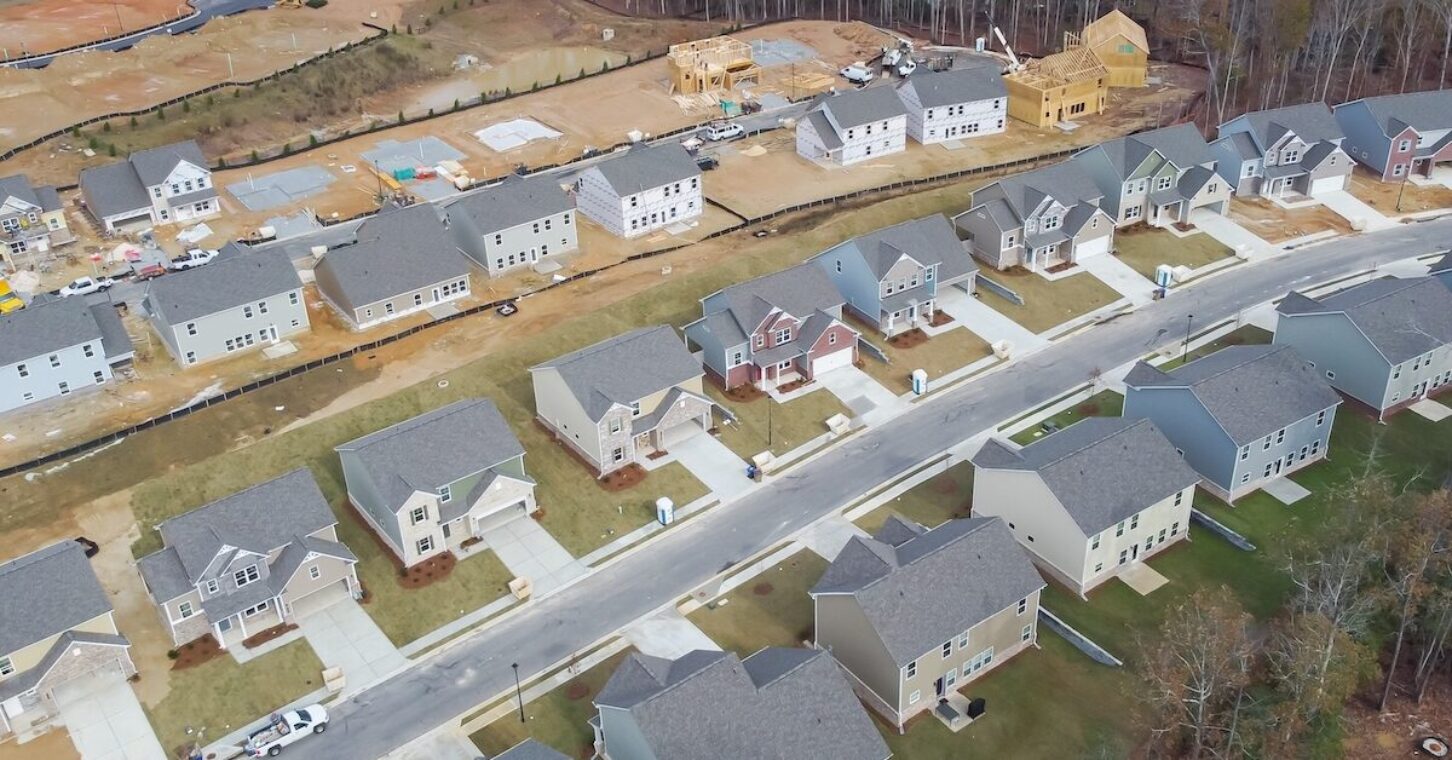
If you follow housing trends in Georgia, you’ve likely seen institutional investors blamed for driving prices out of reach for many households.
One new report, by the Private Equity Stakeholder Project, gave Georgia the worst possible rating on this score. The report cited statistics showing one in six homes was purchased by “medium, large and mega investors” between 2018 and 2022, a share that grew by more than 62% during that time span. With sophisticated systems for tracking new listings, and all-cash offers to home sellers, these large investors have an advantage over many other home buyers.
But to focus on this particular group – who, to put it less alarmingly, aren’t involved with 83% of home sales in Georgia – is to emphasize a symptom rather than the disease.
The disease is that we aren’t building enough housing.
Buying homes on an institutional scale has become profitable because prices have risen so steeply. Prices in this case, as in most, are a reflection of supply and demand. And supply was falling short of demand well before 2018 in Georgia.
Census building-permit data show about 397,000 new housing units were built in Georgia during the 2010s, less than half as many as in the previous decade. Meanwhile, a Pew Research Center review of other census data shows more than 435,000 new households (i.e., families or other groups living together) were formed in our state during the 2010s.
That’s a supply gap of almost 10%, and it doesn’t account for people moving within the state seeking new housing, or for homes that may have been torn down and not replaced.
It also doesn’t account for the likelihood that more households would have been formed, if only there had been more houses. Here’s what I mean: All of us have heard stories in recent years of young adults living with their parents because they couldn’t afford to move out on their own. Some of that is a function of their wages, but some of it is because they didn’t have an affordable place to move. Again, this trend was present well before 2018.
So, it’s quite likely that demand outstripping supply put even more upward pressure on housing prices than that nearly 10% gap would indicate.
This is the marketplace into which institutional investors have been buying.
Now, in a normal marketplace, you would expect supply to increase in response. And it did: 2018 saw a nearly 16% bump in home-building activity over the year before. Then, after dipping in 2019, home building grew again from 2020-2022, reaching its highest level since 2006 before falling by 18% last year.
But this response was inadequate. Even that 2022 figure remained almost 30% below the previous peak, which actually happened in 2005.
Put another way, between 1995 (the first year of the census data set) and 2006 (the last year before home building fell sharply due to the impending Great Recession) nearly 1.1 million new homes were built in Georgia. Between 2012 and 2023, only 625,000 were built.
The question is why has this dropoff remained so stubborn, despite so many incentives in the market to build new homes? While there’s no single answer, one of the biggest culprits is government regulations.
Regulations suppress home building by making it costlier and more time-consuming to build, and by requiring new homes to be larger and made with more expensive materials. While some of this burden is generated at the federal and state levels, most of it seems to stem from local governments.
Again, there are other factors as well: the cost of materials, for example. But while your local officials may not be able to lower the price of lumber or concrete, they can change laws and streamline approval processes.
As for those who simply want to stick it to institutional investors? There’s no better way to do that than to undermine the value of their investments – by sparking more home building and bringing down prices.